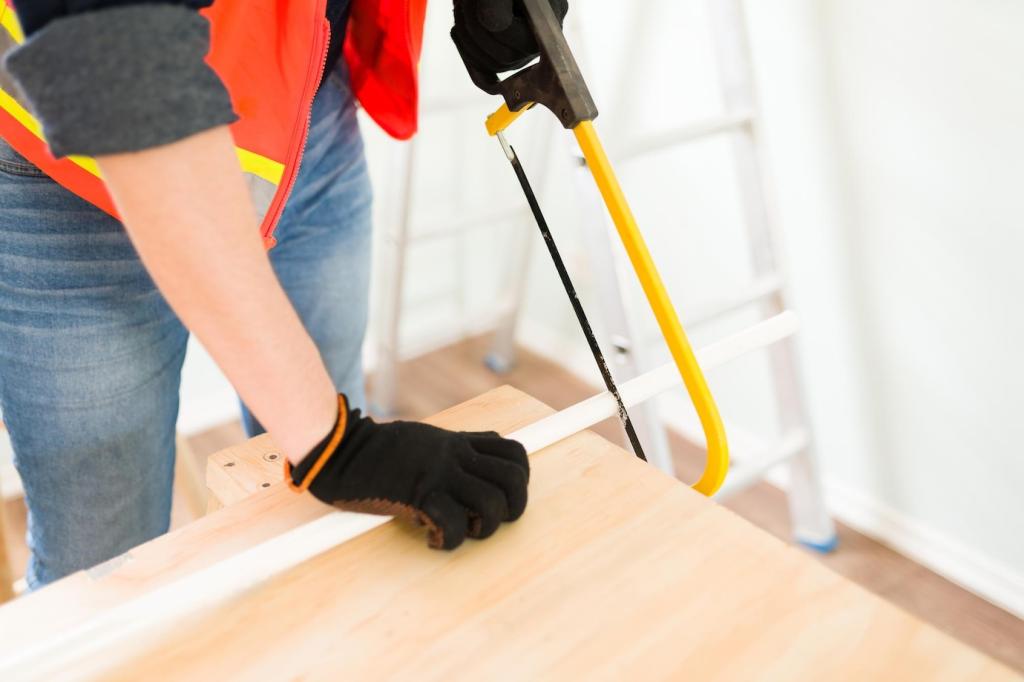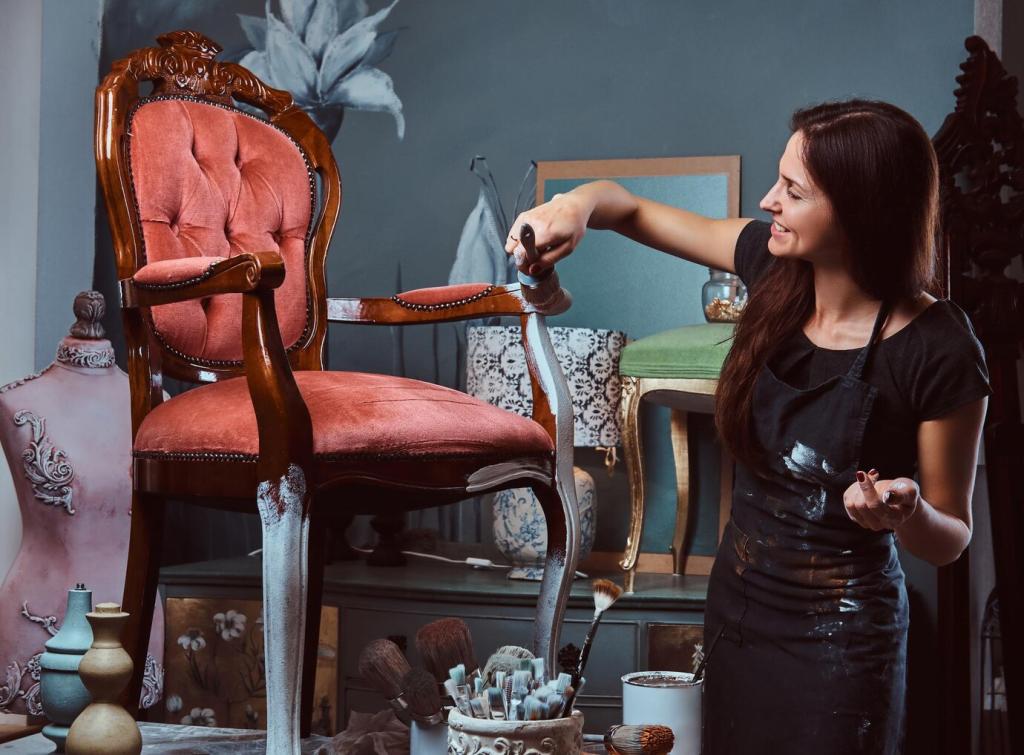Selecting the Right Products for Vintage Furniture Preservation
Chosen theme: Selecting the Right Products for Vintage Furniture Preservation. Welcome, caretakers of history and lovers of patina. Today we explore how to choose safe, smart, and proven products that protect character, respect original finishes, and keep heirlooms alive. Subscribe and share your preservation questions!

Quick finish identification that guides product selection
Use a discreet test with denatured alcohol for shellac, lacquer thinner for lacquer, and mineral spirits for wax or oil residue. These small diagnostics ensure you select products compatible with the original finish, preventing irreversible clouding or peeling.
Era and material cues that point to the right product
Late Victorian pieces often carry shellac; mid-century favorites may feature lacquer; farmhouse oak may hold oil and wax. Knowing the likely finish narrows product choices immediately, saving money and preserving authenticity while you plan careful, respectful interventions.
A brief heirloom story to guide your hand
When I tested my grandmother’s walnut dresser, shellac melted with alcohol, revealing its identity. Choosing dewaxed shellac for repairs and a microcrystalline wax for protection preserved its glow without heavy build. Share your finish tests and lessons in the comments.
Cleaning Safely: Gentle First, Always Reversible
A few drops of pH-neutral soap in distilled water, applied sparingly with a damp—not wet—cloth, can lift grime without swelling wood or whitening shellac. Avoid ammonia and harsh detergents that strip finishes. Tell us your safest cleaning recipes.
Mineral spirits or a gentle citrus-based cleaner can loosen grime and wax build-up while leaving the underlying finish intact. Work slowly with soft cotton; replace cloths frequently. Test first in hidden areas, and log the reaction for future reference.
Choose a thumb-sized area on the back or underside to trial your cleaner. Observe color transfer, sheen change, and surface feel. If anything seems tacky, stop immediately. Share your test results and tool choices to help others avoid common pitfalls.
Reviving Finishes: Waxes, Oils, and Polishes That Respect History
01
Beeswax offers warmth and easy repair, carnauba adds durable shine, and microcrystalline resists fingerprints and moisture. Choose silicone-free formulations to avoid future refinishing nightmares. Apply thinly, cure properly, and buff gently to reveal depth without plasticky glare.
02
Pure tung oil hardens well but may darken slightly; polymerized linseed oil cures faster but can alter color on light woods. Never apply oils over intact shellac or lacquer. Confirm compatibility with a test patch before committing across visible surfaces.
03
Silicone polishes promise instant gloss but contaminate surfaces, complicating any later repairs or refinishing. Opt for conservation-minded polishes without silicone, dye, or excessive fragrance. Share product labels you trust, and subscribe for our vetted, lab-informed recommendations.
Why hide glue is the conservation champion
Hot or liquid hide glue adheres beautifully to old joints and can be reversed with moisture and heat, making future repairs possible. Avoid modern construction adhesives that cure too hard. Tell us your clamping tricks for delicate rails and spindles.
Stabilizing veneer and loose fibers responsibly
For flaking veneer or friable edges, consider conservation-grade consolidants in minimal amounts, applied by capillary action with a fine brush. Less is more; your goal is stabilization, not plastic encasement. Document each step and product used for provenance.
Hardware: clean, lubricate, and protect without overdoing it
Use microcrystalline wax on brass pulls to slow tarnish; a whisper of paraffin or archival wax on drawer runners prevents sticking. Avoid abrasive polishing that erases history. Share before-and-after photos of hardware rescued with patience and restraint.
Environmental Safeguards: Light, Humidity, and Safety Considerations
Guarding against sunlight and ultraviolet damage
Use UV-filtering window films, curtains, and strategic placement away from direct beams. Some finishes include UV inhibitors, but prevention works best. Rotate display pieces periodically to prevent uneven fading. Comment with your favorite room layouts that protect antiques.
Humidity and temperature stability reduce stress
Aim for roughly forty to fifty-five percent relative humidity and moderate temperatures. A hygrometer costs little and guides decisions. Avoid radiators, vents, and fireplaces. These controls let gentle waxes and reversible glues perform as intended over decades.
Safety, ventilation, and low-VOC choices that still work
Whenever possible, choose low-VOC, conservation-grade products. Ventilate with cross-breezes, wear nitrile gloves, and store solvents in approved containers. Dispose of oily rags safely to prevent combustion. Share sustainable alternatives you’ve tested, and subscribe for upcoming eco-focused product roundups.
Long-Term Care: Schedules, Tools, and Documentation
Create a maintenance journal for every piece
Record dates, products, batch numbers, and observations after each cleaning, waxing, or repair. Include before-and-after photos and test-patch notes. This living history helps you repeat successes and avoid mistakes while enhancing the object’s provenance and value.

